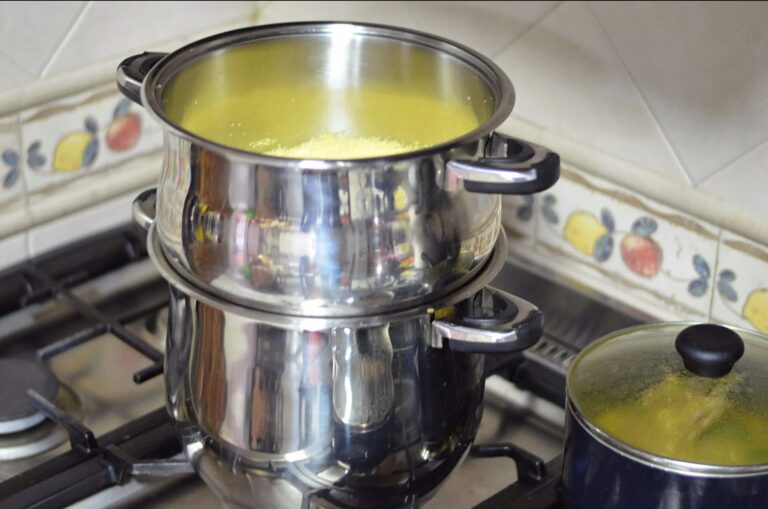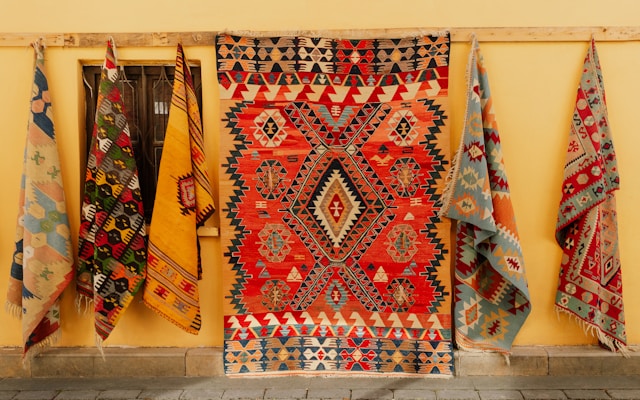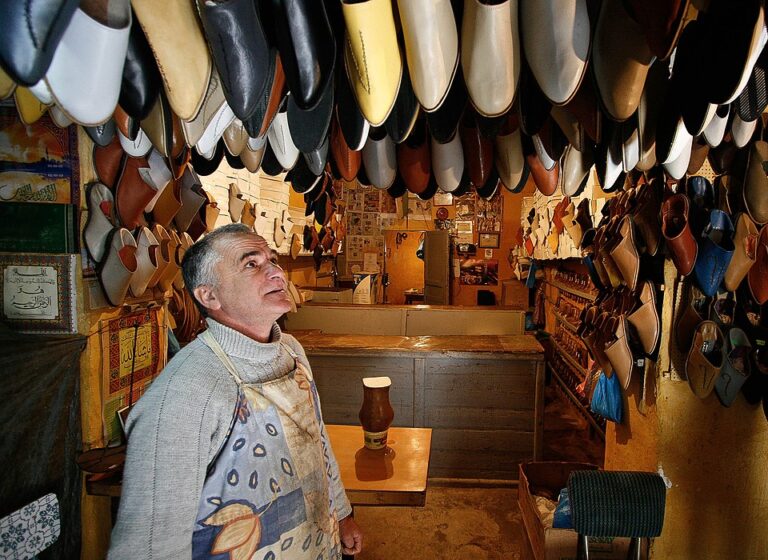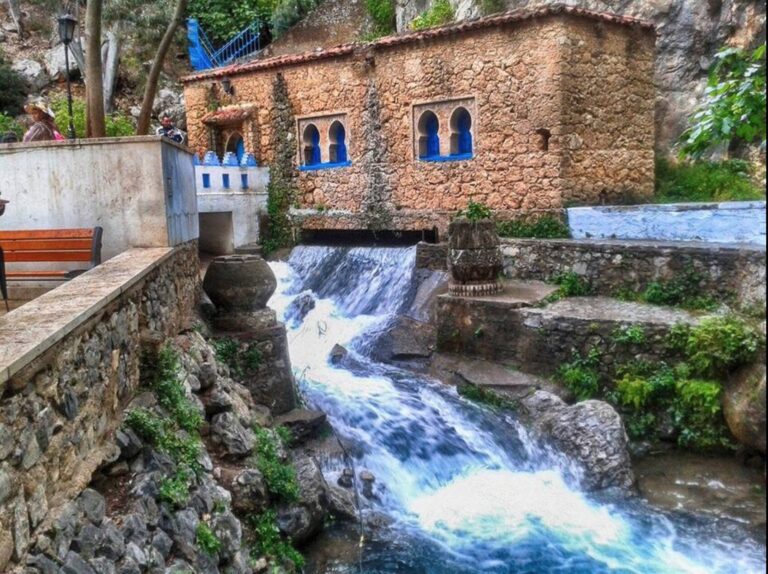
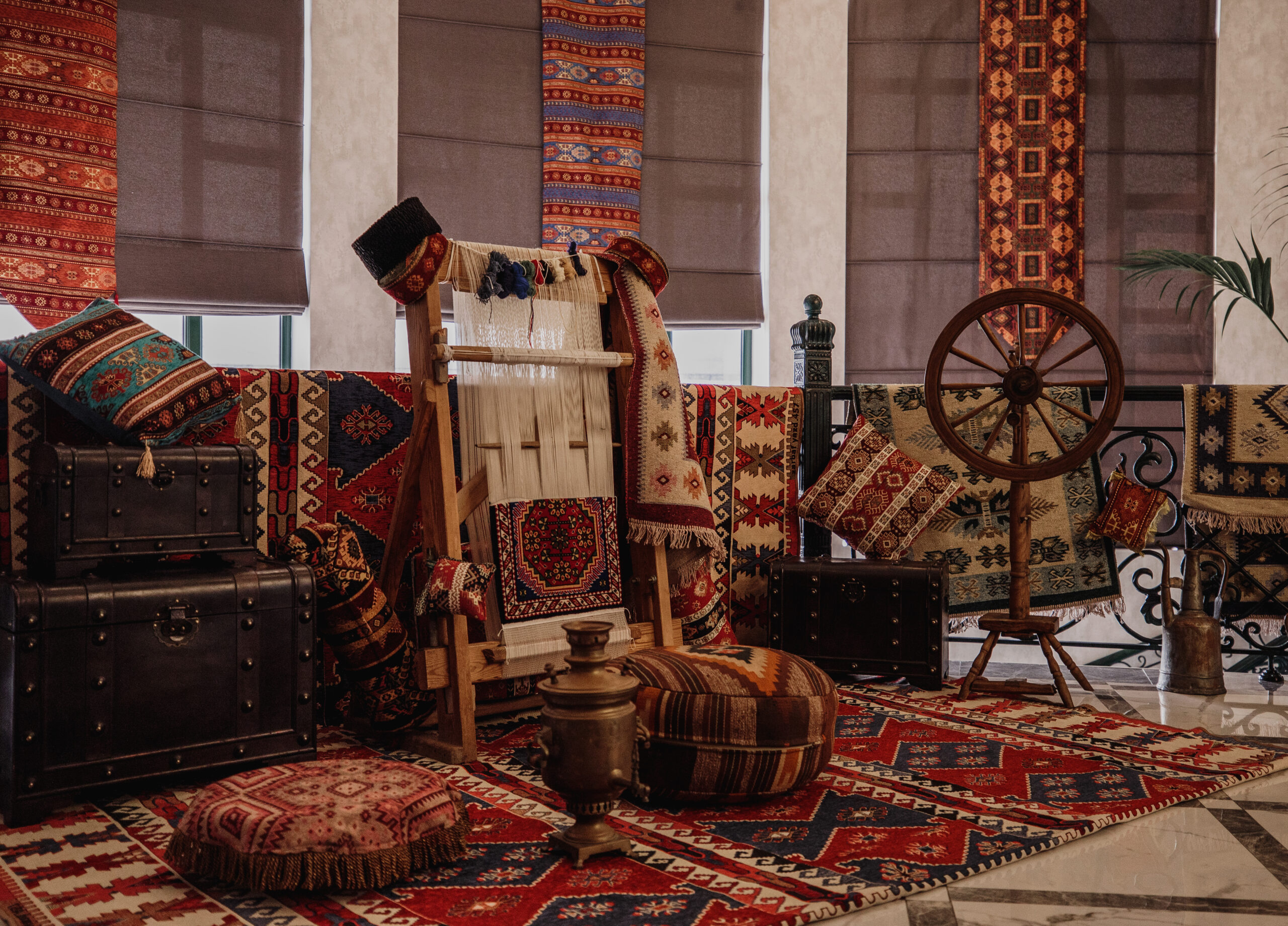
The Moroccan carpet (or “zarbia”) is a handmade woolen rug that dates back centuries and is deeply tied to the traditions of Berber, Arab, and Saharan communities across the country. Unlike factory-made rugs, Moroccan carpets are created by hand, often by women, in rural villages and nomadic homes.
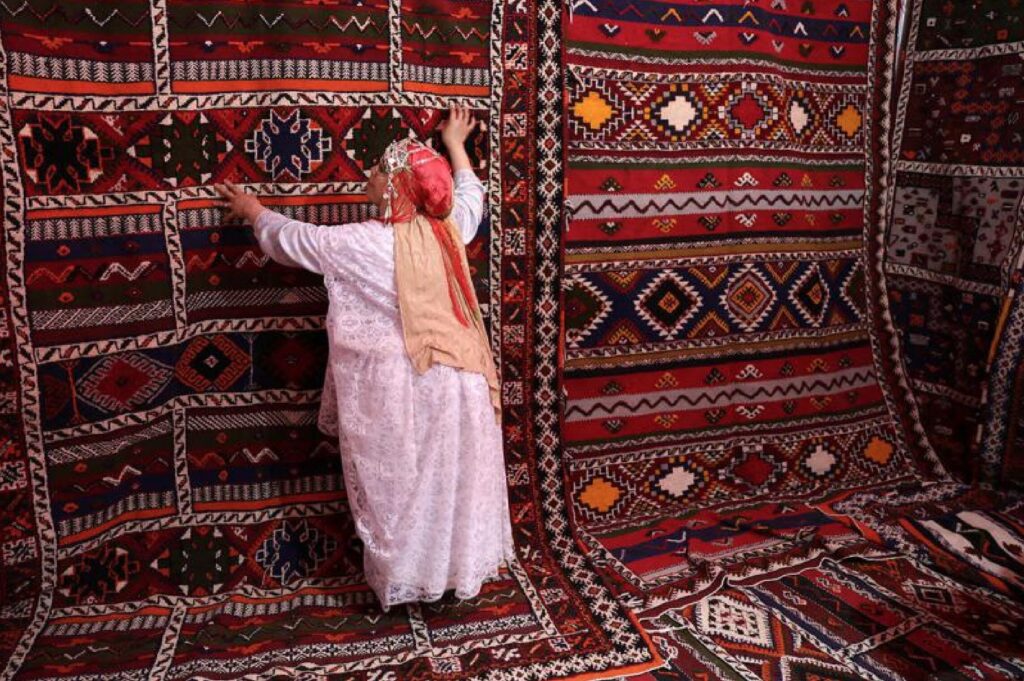
Each rug carries a symbolic language. Geometric patterns, ancient tribal symbols, and natural dyes tell stories of family, fertility, protection, and spirituality. You don’t just buy a carpet in Morocco—you inherit a piece of its soul.
The artistry of Moroccan carpets has captured global attention, and they are now showcased in international design studios, museums, and stylish homes across the world. Still, the most authentic way to experience them is in their country of origin.
Where to Experience Moroccan Carpets
1. Marrakech – The Carpet Capital
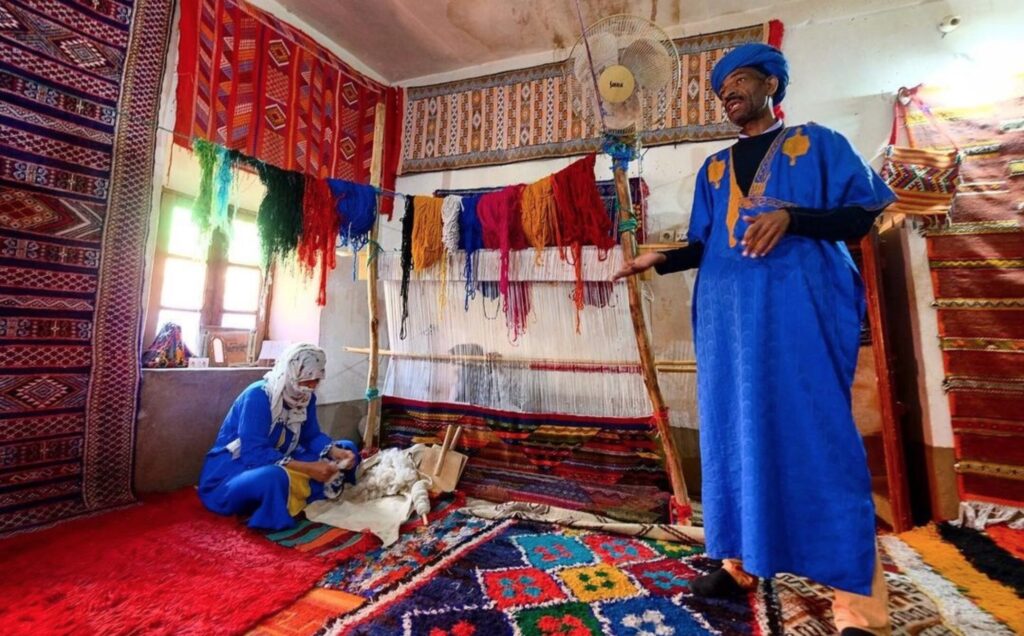
If you’re on the hunt for a The Moroccan Carpet, Marrakech should be your first stop. Inside the Medina of Marrakech, you’ll find a labyrinth of souks filled with vendors offering handmade rugs stacked to the ceiling. The Souk Semmarine is especially popular for carpet hunters, but be ready to negotiate!
2. Fes – Authentic and Ancient
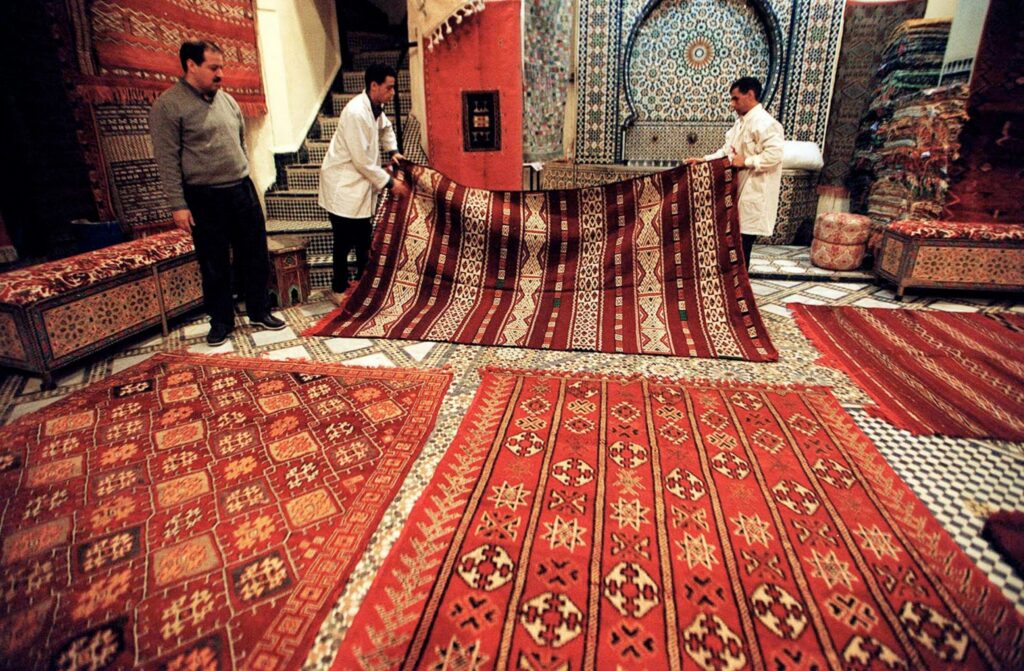
Known for its historic medina, Fes is the place for antique lovers and those seeking carpets with more traditional Berber or Arabesque motifs. Many vendors here will invite you for tea and a full presentation—don’t rush, it’s part of the experience.
3. Atlas Mountains – Source of Berber Rugs
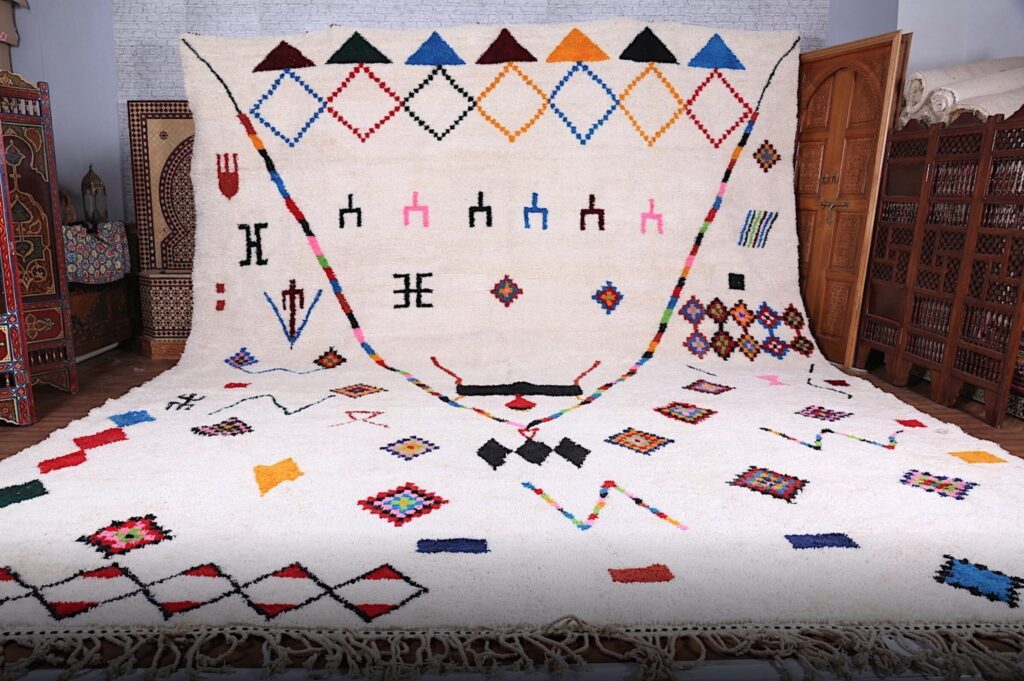
To go deeper, visit Amazigh (Berber) villages in the High Atlas Mountains. The artisans here often weave in family homes, using sheep wool from their own flocks. The experience is raw, authentic, and often cheaper than city prices.
Must-Have Carpet Experiences
Watch a Carpet Being Made
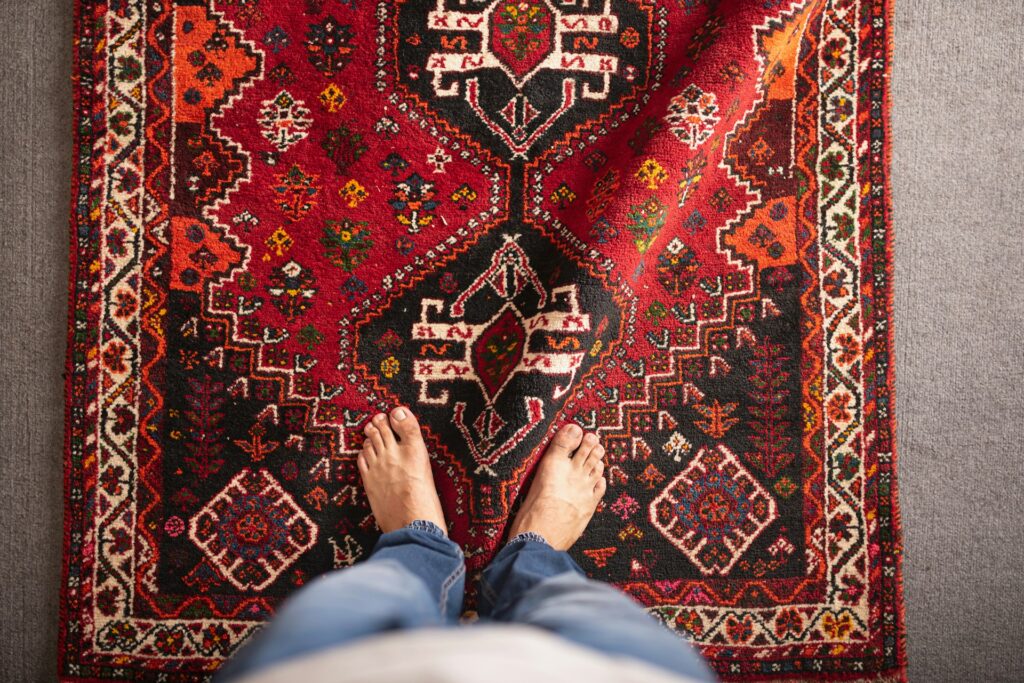
In towns like Taznakht, Azilal, or Ourika Valley, you can observe the full process—from shearing sheep to spinning, dyeing, and weaving. Watching an artisan spend weeks knotting every thread is an unforgettable insight into Moroccan heritage.
Learn About Natural Dyes
Many Moroccan carpets are dyed using plants, minerals, and even insects. Saffron gives yellow, indigo produces blue, and pomegranate peels create warm orange hues. Workshops in Marrakech and Fes offer dyeing demonstrations you can join.
Stay in a Riad Decorated with Traditional Carpets
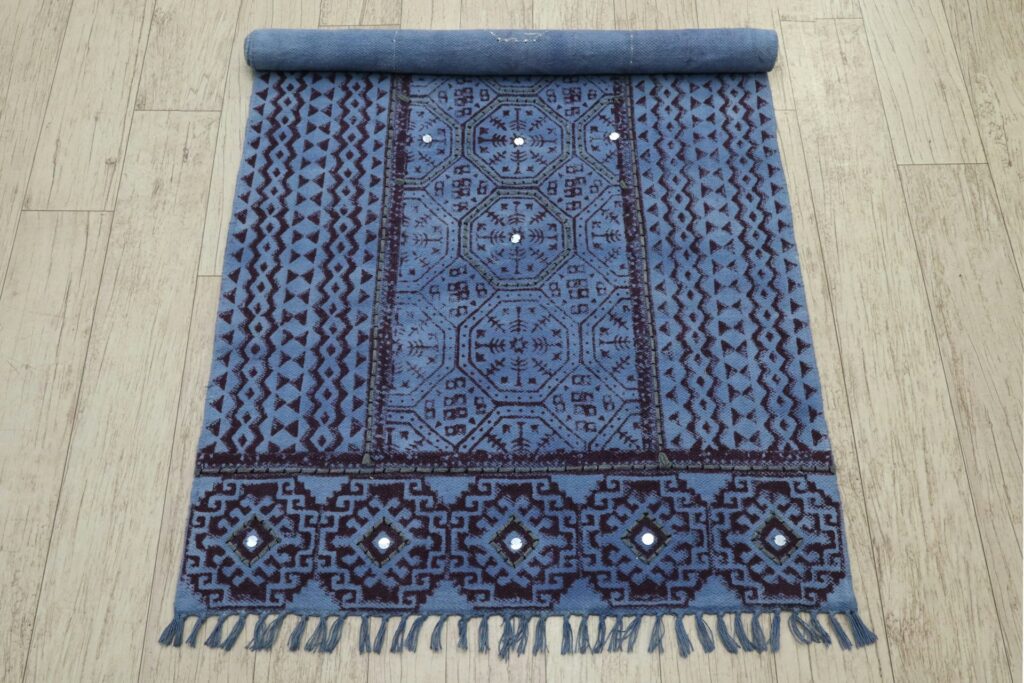
Nothing beats the ambiance of a traditional riad with handmade carpets adorning every room. Many riads source their rugs directly from local artisans and can even help you buy one during your stay.
Travel Tips and Cultural Insights
- Haggling is expected. Never accept the first price in the souks. Start by offering 50% and work your way up respectfully.
- Ask about the origin. Many carpets are labeled by region: Beni Ourain, Azilal, Boujad, etc. Each style has its own patterns and history.
- Check materials. Authentic Moroccan carpets are made from 100% wool or a wool-cotton blend. Avoid synthetics.
- Shipping is common. Most sellers offer international shipping. Always get a receipt and tracking number.
- Support cooperatives. Women-run cooperatives like Anou or local artisan associations ensure fair pay and preserve heritage.
Real Stories: Travelers and Their Carpet Finds
Emily from the UK recounts her carpet hunt in Marrakech:
“I spent five hours in a tiny carpet shop in the medina drinking mint tea and listening to the seller explain every pattern. I ended up buying a vintage Beni Mguild rug that now lives in my living room in London. It reminds me of Morocco every day.”
Carlos from Spain bought his rug in a Berber home in Ourika Valley:
“We met the weaver herself—an elderly woman who’d been weaving since she was 10. Buying directly from her made the whole experience feel personal and honest.”
When’s the Best Time to Buy a Moroccan Carpet?
While carpets are available year-round, the best time to travel for a carpet-focused trip is:
- Spring (March to May) – Warm weather, clear roads to mountain villages, and festivals like the Rose Festival in Kalaat M’Gouna.
- Fall (September to November) – Less crowded, and perfect weather for exploring cities and highland regions.
- Avoid summer heat in southern cities and the desert—carpet browsing under 45°C isn’t exactly fun!
FAQ – Moroccan Carpet Questions Answered
What makes a Moroccan carpet different from other rugs?
Moroccan carpets are handmade using traditional methods passed down for generations. They’re known for bold colors, symbolic patterns, and high-quality wool.
How do I know if a Moroccan carpet is authentic?
Check for irregularities—true handmade rugs aren’t perfect. Ask about the materials (it should be wool or cotton) and whether the dyes are natural.
Are Moroccan carpets expensive?
Prices vary. Small rugs may cost $100–300, while large vintage or rare ones can exceed $1,000. Bargaining is common, so expect to negotiate.
Can I bring a Moroccan carpet on a plane?
Yes, many carpets can be rolled tightly and carried as checked luggage. Alternatively, most vendors offer international shipping.
What are the different types of Moroccan carpets?
Popular styles include Beni Ourain (minimalist, white with black lines), Azilal (colorful and abstract), and Boujad (deep reds and purples with tribal patterns).
Final Thoughts: Plan Your Moroccan Carpet Adventure
Whether you’re redecorating your home or just exploring Moroccan culture, discovering a Moroccan carpet is an unforgettable experience. It’s not just about buying a rug—it’s about understanding its history, meeting the people who create them, and connecting with a rich cultural legacy.
Ready to plan your Moroccan adventure? Check out our guides on Marrakech, Fes, and Atlas Mountain travel—and don’t forget to leave space in your suitcase!


